Story highlights
Pink-haired model Fernanda Ly is one of the most exciting new faces in fashion
She's appeared in international editions of Vogue, and has walked the runway for Louis Vuitton
Before she began modeling full-time in 2014, she was an architecture student
When a girl walks into a room with a shock of pink hair, she’s hard to ignore. When said girl happens to be model-slim and dressed like an anime character, looking away becomes impossible.
Such is the case for Fernanda Ly, the 20-year-old Chinese-Australian head-turner who, in the past year, has become one of the fashion industry’s most talked-about faces.
Her distinctive pastel mane has graced the pages of the American, British, Italian, Japanese and Australian editions of Vogue, as well as indie fashion titles such as Dazed, i-D, Love and Self-Service.
But when it comes to the runway and campaign bona fides, Ly only has only one name to her credit.
“I guess you could say I’m the Louis Vuitton girl right now,” she says, laughing. “The last collection was sort of inspired by me, which sounds weird!”
Louis Vuitton’s creative director Nicolas Ghesquière has kept her off limits to other designers for the past two seasons, booking her exclusively for his his Autumn-Winter 2016 and Spring-Summer 2016 shows and campaigns, a major coup for any model.
And indeed, the last collection, a blend of futurism, anime and bright pink accents, does seem very Fernanda Ly. The bubbly Sydneysider has spoken openly about her love of manga, arcade games, and all things Japanese. In the accompanying ads, she dons a pink leather jacket and Sailor Moon tiara like it’s her uniform.
“Nicolas was really interested anyway in Japanese culture and architecture, and I think it shows in the structure of the clothes and the materials he uses,” Ly says. “It’s a happy coincidence.”
Architecture is one of their unexpected mutual interests.
A massive fan of Gothic grandeur and Japanese minimalism (she counts Pritzker Prize-winner Tadao Ando as a role model), Ly was an architecture student at Sydney’s University of Technology until September 2014, when she took a leave of absence to focus on modeling.
“The bachelor’s that I’m doing is in interior architecture, but it also has to do with exteriors, spacial design and landscape design. I’m interested in how people interact with a space, the idea of architecture as social commentary, and how the total effect can change when you alter one concept,” she says.
“And out of all of the artistic sort of studies, it’s the most acceptable by my parents.”
While she intends to resume her studies at some point, Ly is currently enjoying the opportunity to learn about another art form.
“Every creative art is about the same thing, which is the person that uses the product that you make. So in that way, clothing and fashion, buildings and architecture, they come hand in hand.”
Here, Ly takes us on a tour of her favorite buildings…
Notre Dame de Paris: Paris, France
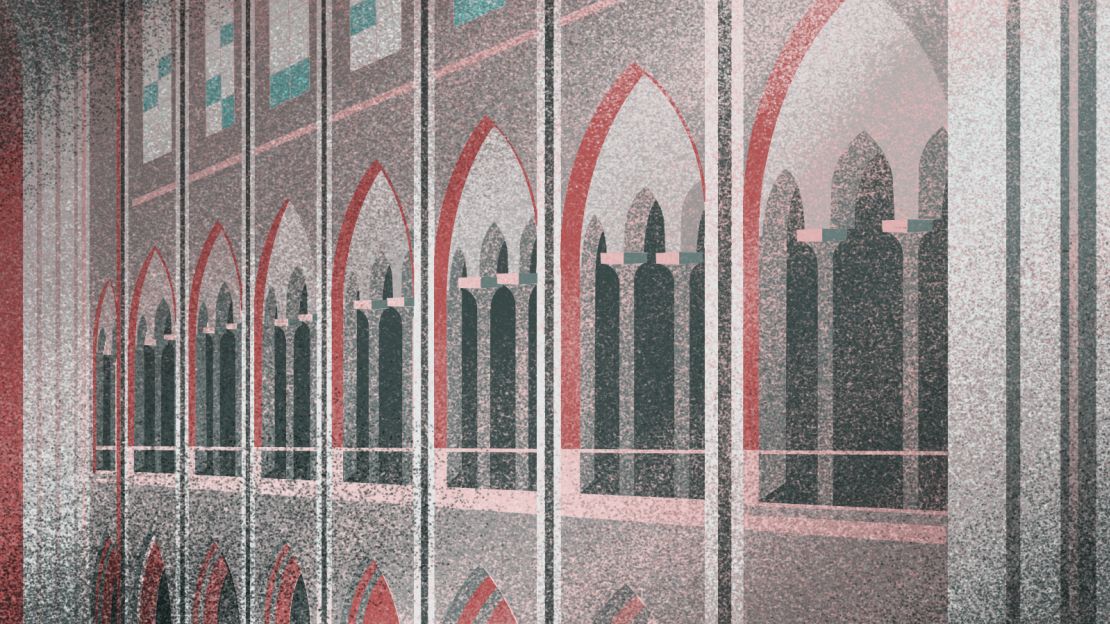
“Notre Dame cathedral was the building that first turned me on to architecture. I had to research it for assignment when I was in high school, and was fascinated by how a deep belief in God moved people to create such amazing structures. After that, I realized architecture is more than just pretty buildings. It can be an expression of something deeper.
“When I was in Paris for my first Louis Vuitton show last March, the moment I got free time, I rushed off to Notre Dame and just stared at it for an hour or two.
“I knew it was very big, having seen the measurements and plans, but when you see Notre Dame in person, it completely overwhelms you because of the amount of detail and ornamentation, all made by hand without modern tools.”
St. Mary’s Cathedral by Kenzo Tange: Tokyo, Japan
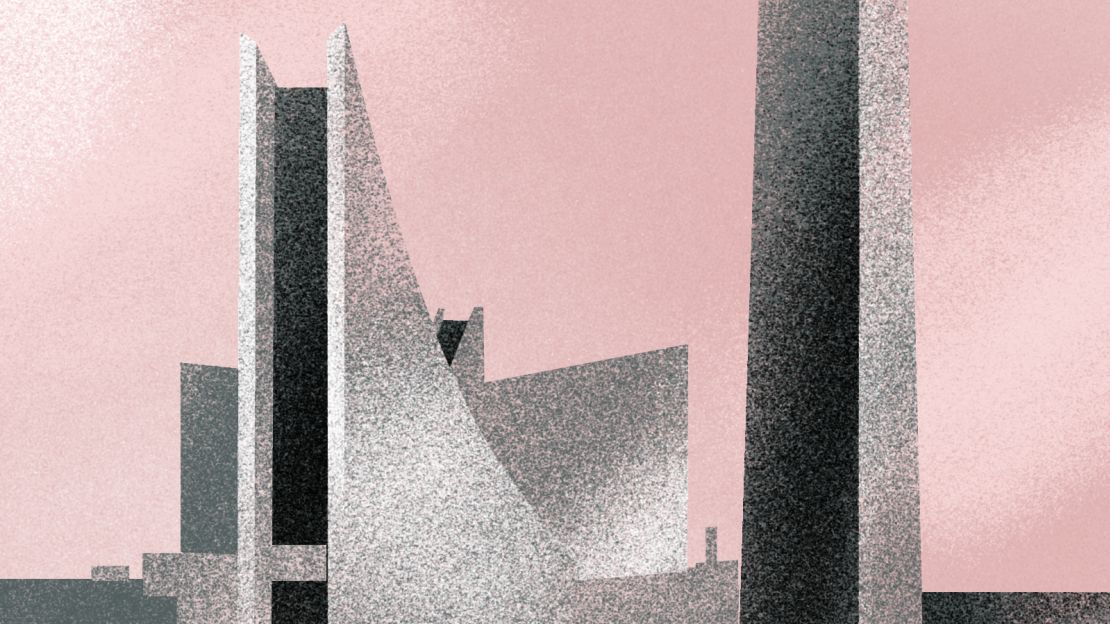
“Notre Dame and Kenzo Tange’s cathedral were created for the same reason, but they represent two vastly different styles of architecture: the Gothic and the Brutalist. In Gothic buildings, everything has meaning and they show this by putting everything into it. But with Brutalism, buildings are completely empty, and the emptiness says everything.
“This just shows how architecture is a representation of the times, and reflects what society is thinking.
“A lot of people don’t like Brutalist buildings, thinking they’re just gigantic blocks of concrete. But I find their emptiness and simplicity beautiful – when it’s done correctly. My university, the University of Technology in Sydney, is Brutalist, but it’s not done very well.”
Church of the Light by Tadao Ando: Osaka, Japan
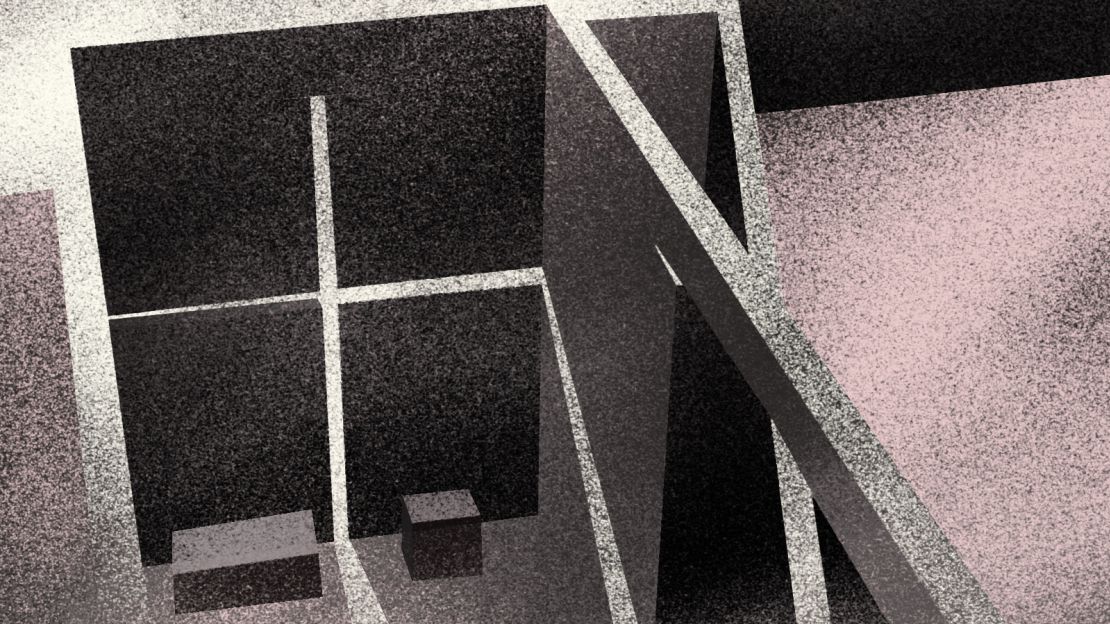
“Tadao Ando is my favourite architect. I love his use of juxtaposing concepts and materials. He uses my favourite materials – concrete, glass, and light – in a way that completely defies convention. He takes the heaviness of concrete and makes it light and elegant, rather than bulky.
“The building really speaks to that. He has these big – really, really big – cuts of concrete, but the way he cut and placed them to create the cross is amazing.”
Morimoto Restaurant by Tadao Ando: New York, New York
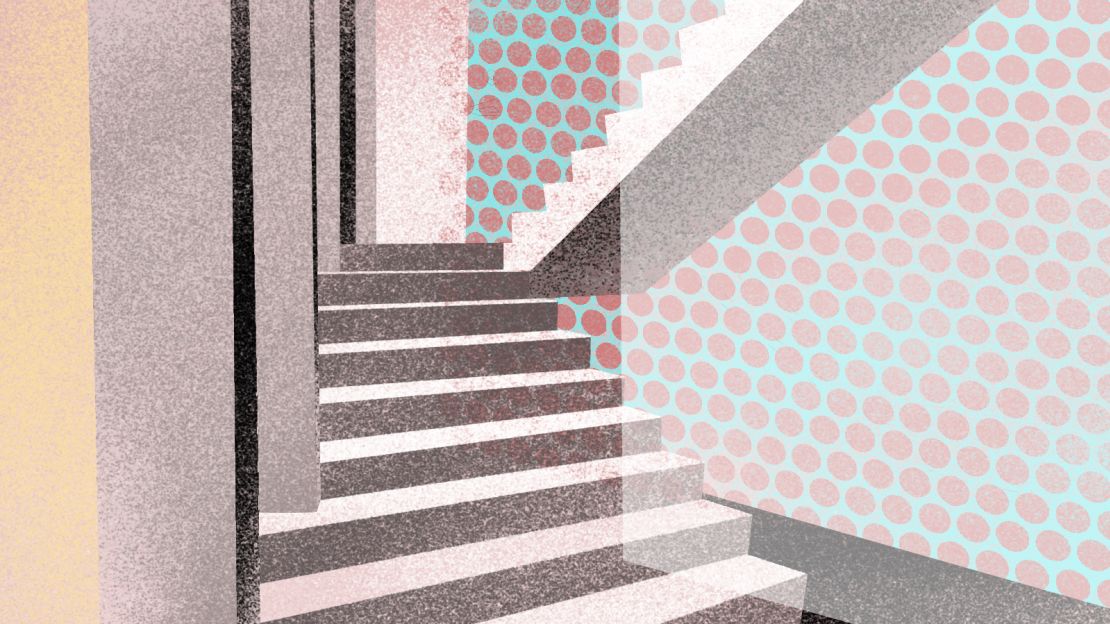
“I first visited Morimoto, a Japanese restaurant in Chelsea, for my birthday lunch last year. I didn’t even know Tadao Ando had designed it before I went!
“The simple black exterior, the glowing glass installation and the use of natural wood inside reflect the simplicity of both Japanese food and Japanese culture in a modernist way.”
Bridge of Aspiration by Wilkinson Eyre Architects: London, England
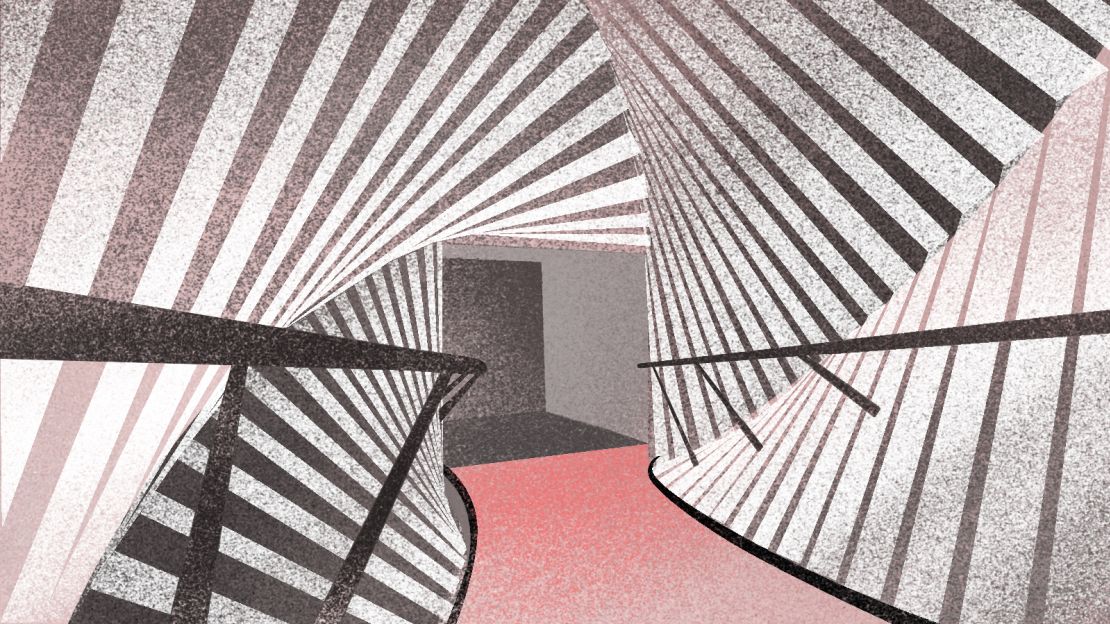
“In university I was very interested in the concept of suggesting movement in something that doesn’t move at all. The two opposing concepts – stillness and movement – remind me of the duality of dark and light. Those are very my style.
“At the Bridge of Aspiration, which is connected to the Royal Ballet School, this was done really gracefully by repeating and twisting on shape. Really simply done, clean and beautiful.”
Optical Glass House by Hiroshi Nakamura & NAP: Hiroshima, Japan
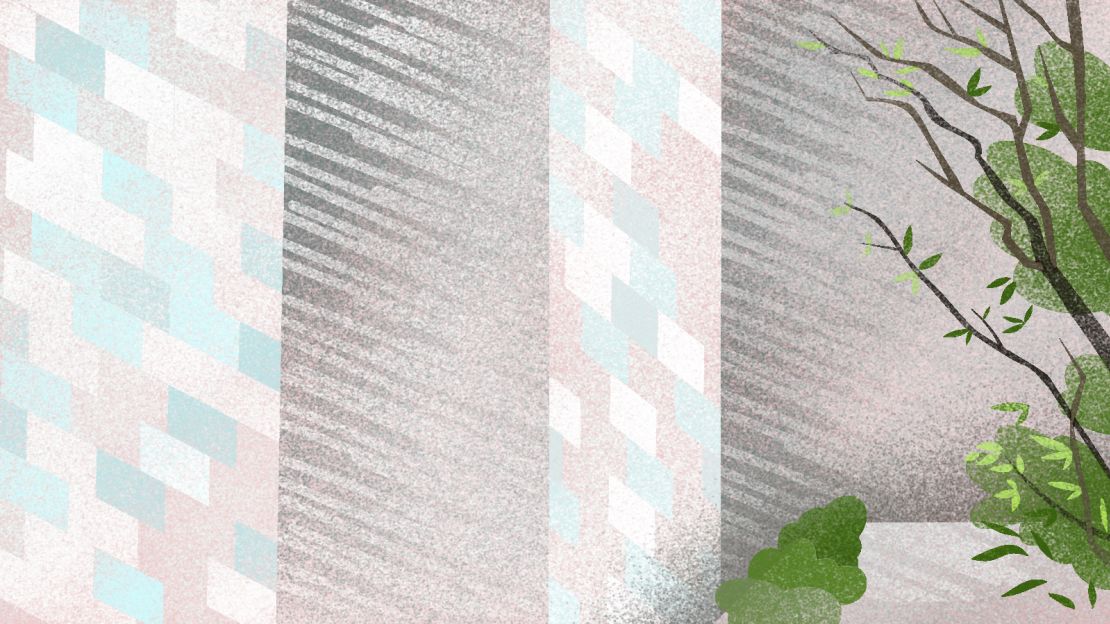
“Optical Glass House is this beautiful oasis in the midst of a bustling city. This one plays on just how chaotic downtown Hiroshima would be and the quiet of nature. How the light enters the building in so many different ways is quite amazing.
“This goes back to the Zen principles that are so important in Japanese culture. Everything’s clean and simple, they haven’t overcomplicated anything. It’s very traditional, but at the same time very modern.”



